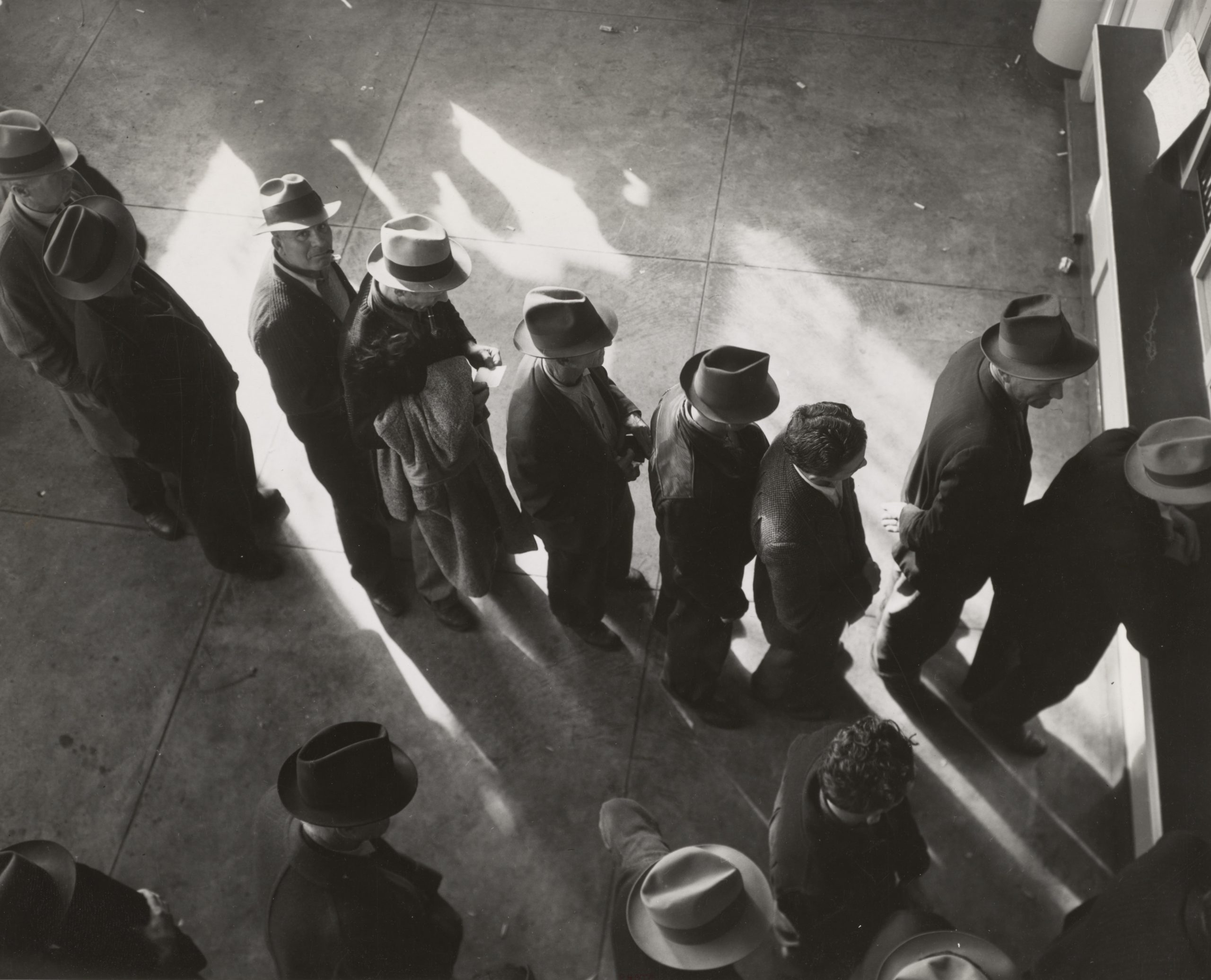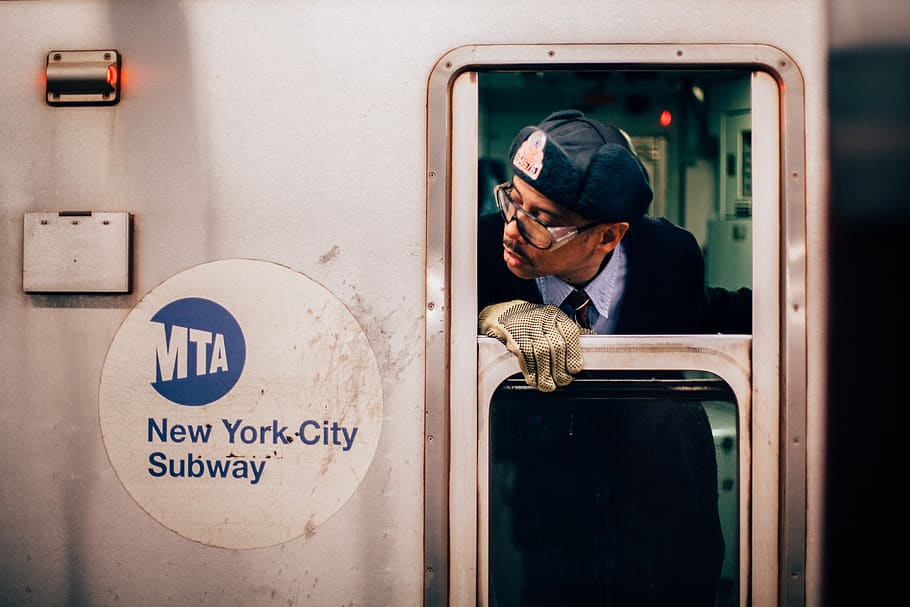
RECOMMENDED READING
Not many talking points survived November’s narratological cull. The assumption that high turnout would crush Republicans down ballot turned out to be false, with both parties seeing a groundswell of government-dividing, record-shattering support. The assurance that, this time, the pollsters knew what they were doing went from confident to quaint in the blink of an eye, in race after race, and the long-awaited blue wave receded without having crashed, leaving shock and schadenfreude in its stead.
Perhaps the biggest casualty of all was demographic determinism: Trump flipped heavily Hispanic counties that had voted for Clinton in 2016, while Biden flipped Georgia by winning enough white suburbanites to offset relative declines in black turnout. Those results cut against the Emerging Democratic Majority thesis (according to which more diversity means more Democrats), and against the paleoconservative interpretation of it (according to which more immigrants means fewer Republicans). Racial depolarization did not begin with Trump, as the analyst David Shor notes. But in an irony to end all ironies, the 45th president may have accelerated it.
One narrative that seemed to survive the cull, however, was what you might call the Emerging Populist Majority thesis. Rather than a liberal coalition of multiethnic metropolites, this thesis envisions a conservative coalition of multiethnic, blue-collar workers, with “blue-collar” defined mostly in educational terms. Holding it together would be a mix of cultural and economic populism—limits on trade and immigration, tax credits for families, some sort of industrial policy, a rapprochement with private-sector unions—whose natural home is the GOP.
It’s the GOP, the argument goes, because Democrats are increasingly the party of college-educated elites. Trump’s win in 2016, and his narrow loss in 2020, reflect a realignment of non-college-educated workers toward the Republican base; provided racial polarization continues along its downward trajectory, conservatism could soon command the multiethnic, working class majority Democrats were supposed to inherit, albeit more evenly distributed across the urban-rural divide. All it has to do is translate Trumpism into a governing agenda, shorn of its namesake’s racialist baggage, and blacks and Hispanics (who are disproportionately blue-collar) will eventually get on board.
The 2020 election did bear out certain aspects of this thesis. Trump held onto the white working class while making inroads with most of the groups he had allegedly alienated: blacks, Hispanics, and, in an underexplored twist, Muslims, 35 percent of whom voted for the incumbent. In Texas, Hispanics cited abortion, law and order, and the economy as reasons to support Trump; Muslims cited his protection of religious liberty and his hands-off approach in the Middle East. In Florida, where Trump won, voters also approved a ballot initiative to increase the minimum wage. Taken together, these facts vindicate the viability of a culturally conservative, economically moderate GOP, buttressed by a transracial populism that has hitherto lacked an institutional embodiment.
But viable is a far cry from inevitable. And upon closer inspection, the election results suggest that a Populist Majority might not emerge for some time. There are three reasons why.
First, as my friend Phil Jeffery points out, Trump “attained almost exactly the same electoral results as in 2016” despite having governed as a conventional Republican. He promised to tax the rich, but instead cut their taxes; he attacked Wall Street, but staffed his administration with its bankers. Yet in absolute terms, he actually improved on his performance four years ago, winning more votes across more demographics in more left-leaning regions. Had Trump’s 2016 victory been a repudiation of zombie Reaganism, his subsequent supply-side agenda should have hurt him this time around. It did not. Even after COVID-19 tanked the economy, voters said they preferred Trump to Biden on economic issues, one of the few areas where the president consistently maintained an edge. Perhaps Trump would have won had he pushed infrastructure instead of tax cuts (or taken COVID as seriously as his legal team takes QAnon), but the actual results don’t support that counterfactual—any more than they support a counterfactual in which Trump won with a more dovish immigration policy.
It is possible that the outgoing administration boosted wages by deterring border crossings and renegotiating trade deals. But Trump’s own economic advisors attributed the rise to tax cuts and deregulation; others attributed it to minimum wage increases, and still others to the loose monetary policies of Jerome Powell, an establishment technocrat of the sort Trump’s 2016 campaign attacked. And some of it can no doubt be attributed to forces outside the president’s control, such as the propitious conditions his predecessor bequeathed. The pre-COVID economy may have helped Trump, in other words, but it did not necessarily help Trumpism.
Second, the realignment presupposes the polarization of class as much as the depolarization of race, in that it pits a college-educated (Democratic) elite against a blue-collar (Republican) proletariat. But Trump may have depolarized both race and class. There is some evidence (admittedly very provisional) that the “shy” Trump voters who skewed the polls were predominantly college-educated whites, whom Biden won by a smaller margin than pre-election surveys were predicting. Though Democrats gained overall with this group, they also gained with non-college-educated whites; college-educated blacks and Hispanics, on the other hand, were slightly less likely to vote for Biden than their non-college-educated counterparts. Furthermore, a Morning Consult analysis found that “[f]or voters of color, the educational divide’s impact on vote choice [was] muted” compared to its impact for white voters. So the voters of color who join the Republican coalition may be better educated, on average, than the white voters already in it—in which case conservatism’s growing racial diversity could result in more class diversity as well, and therefore in more rightwing resistance to a pro-worker politics. If race loses its electoral salience, the class composition of both parties—along with the interests they represent—could thus converge.
Such a delinking of class from partisanship might still push the GOP toward populism in a roundabout way. With blue-collar workers up for grabs, neither party would be able to take them for granted, and the ensuing policy competition would likely favor much of what the realignment right has been advocating: reshoring supply chains, child tax credits, infrastructure spending, immigration enforcement. It would also favor the cultural preferences of the working class, which are decidedly less woke than those of the Democratic elite.
But that last fact points to the third and most important obstacle to a populist GOP: the crazier the Left gets on culture, the crazier the Right can remain on economics.
Consider how one swing voter, who ultimately swung against Biden, described defunding the police: “That is crazier than anything Trump has ever said.” Other participants in her focus group agreed, and early exit polls suggest the sentiment was widespread, with 71 percent of Trump voters citing “crime and safety” as an important factor in their choice. Even deep blue California showed signs of reaction: a ballot initiative that would have repealed the state’s ban on affirmative action lost in a landslide, defeated by a multiethnic coalition of the un-woke. And Democrats continued to lose ground with religious voters across the board, which may have something to do with party leaders endorsing taxpayer-funded abortion, reopening casinos before churches, blaming Orthodox Jews for coronavirus, and suing the Little Sisters of the Poor, whose name should tell you all you need to know about the good guys in that case.
Each of these issues has material implications. Lawsuits against nunneries threaten to bankrupt them; racial preferences in contracting help some businesses instead of others. The most extreme example is defunding the police, which would kill blue-collar jobs, endanger property, and result in thousands of preventable deaths, mostly among minorities.
But each is also part of a broader battle that concerns the kind of country we want to be. And it is not irrational for anyone—black or white, rich or poor, straight or gay—to prioritize an answer to that question over a wage subsidy or tax credit.
Thus the GOP’s incentive to defy the donors will diminish as wokeness gains steam. A plutocratic libertarianism may be less popular than a transracial Trumpism, but it is almost certainly more popular than progressive puritanism, which majorities of all races reject. An obvious objection here is that the results of the 2020 election could push Democrats back toward the center on cultural issues, undercutting Republicans’ culture-war appeal. That might force the GOP left on economics, away from the free-market fundamentalism that caused it to lose decisively with voters making under $100,000 a year.
But identity politics hurt the left in 2016, too, costing it all three branches of government—and there was no such moderation. Instead, progressivism’s flight from reality accelerated, with once-obscure terms like “cancel culture” entering the discursive mainstream. This was partly in reaction to Trump, who seemed to embody every pathology and power structure of the progressive imaginary. But it also had deeper roots—the nature of managerial capitalism, the logic of Protestant millenarianism, the digitalization of social ostracism—that no politician can extirpate.
Hence the GOP’s strategy of just yelling stop might pay dividends for some time yet, its economic insouciance notwithstanding. Anti-leftism only really produced a stable governing majority in the 1980s, true, but it did hold movement conservatism together throughout the Cold War, and arguably through Barack Obama’s second term. Time and again, Republicans have ridden to power on the politics of opposition. Why fix what ain’t broke?
That’s not an argument against realignment so much as an obstacle to realizing it. But, as Democrats just learned the hard way, too much faith in emerging majorities can frustrate their chance to emerge. Here’s hoping conservatives don’t learn the same lesson.
Recommended Reading
Trump Lost the Race. But Republicans Know It’s Still His Party.
Jeremy Peters highlights American Compass as a leader in building a post-Trump conservative movement by bringing together Capitol Hill staff and policy experts to debate the successes and failures of the past four years.
Time to End the Race-to-the-Bottom on Unemployment Insurance
While the unemployment rate had fallen to 6.9 percent in October, the employment-population ratio was 3.7 percentage points lower than in February. 6.7 million workers were no longer looking for work and 3.6 million workers were unemployed for 27 weeks or more.
Marco Rubio Takes on Deindustrialization and Race
The decline in American manufacturing hurt workers of every racial background.












